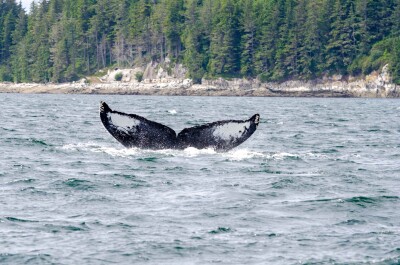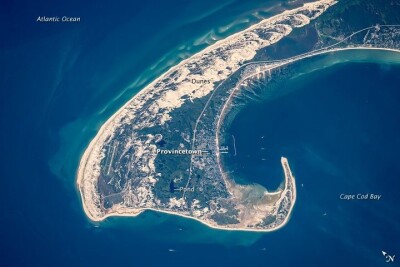Roe, roe, roe your boat down in Tennessee
Paddlefish harvesters work to sustain their "egg fish" fishery in the Volunteer State
By Robert Fritchey
Cold, gray, and wet, the late-November afternoon seemed ideal for hunting ducks. Instead, Allen Fine and Dale Roberson were laying out paddlefish nets in eastern Tennessee's Chickamauga Lake.
Hung with foot-square webbing, the nets were meant for big fish, but size alone wouldn't make them keepers. The fishermen were looking for "egg fish," spoonbill cats laden with roe that could be processed into valuable caviar.
As Fine nudged his boat up to one of the rocky cliffs that edges the reservoir, Roberson prepared to run the first of 10 nets overboard. A 2 1/2-gallon white plastic jug, with plenty of line coiled around it, went over first. The line was attached to the fluke of a homemade anchor, which Roberson then dropped overboard in about 15 feet of water. As Fine reversed the boat, the water in the man-made lake dropped off quickly; by the time the hundred-foot anchor line was out, the depth sounder read at least 30 feet, and Roberson began to feed out the net.
The webbing is 35 meshes deep and would fish about 30 feet of water, if the nets weren't tied down, or "hobbled," by vertical lengths of twine that pulled the leadline and corkline five feet closer together. The result was a net that fished 25 feet of water and had plenty of slack in the webbing.
Every 20 yards, Roberson dropped over a brick that hung from the leadline by a 6-foot line. With just enough weight in the leadline to balance out the corks, the net therefore hung suspended six feet from the bottom of the lake. "So when you haul back, the leadline doesn't hang up," explained Fine. "And when the moss breaks loose you don't load up with it. The fish aren't on the bottom except when it's really cold and then you can tie the bricks right on the leadline."
By the time the 80- to 100-yard-long net was out, the water depth had dropped off to more than 50 feet. Roberson then paid out another 100 feet of floating anchor line, and after Fine stretched it all taut with the boat, he chucked the outside anchor overboard.
Why no jug on the outside? "Barge traffic'll come through and snatch it up," answered Fine. Indeed, the only evidence of the gear was the single jug by the bank; everything else had sunk entirely out of sight, which enabled smaller boats in this recreationally popular lake to pass right over it.
To keep his gear organized, Fine hauls each of his nets back onto a square piece of heavy Delta mesh — the fine-meshed material catfish farmers use to seine their ponds — which is tied into a neat bundle, bricks and all. At the outset of this trip, the bundles had been stacked to the boat's gunwales, but the pile steadily shrank until all the nets were out and it was nearly dark. In the pouring rain, Fine gunned his 250 Yamaha for the public launch, where he picked up his 24-footer and trailered it to his Chattanooga home.






